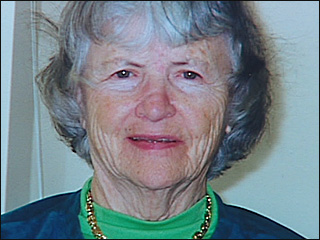At Walton Law Firm, we have handled numerous cases involving decubitus ulcers or bed sores, many of them resulting in the death of the patient. But the cases we handle are civil cases; a prosecution of the nursing home or other caregiver to seek money damages. We have never seen any caregiver prosecuted criminally for such neglect.
 In Washington State, however, the owner of an assisted living facility and an employee were charged with crimes for the neglect of Jean Rudolph, who died under their care. When Rudolph died in 2008 at the age of 87, she weighed only 68 pounds. The cause of death was related to infections that were caused by bed sores so severe that they exposed her bones, including a hip sore so severe that her hip bone jutted out of her body.
In Washington State, however, the owner of an assisted living facility and an employee were charged with crimes for the neglect of Jean Rudolph, who died under their care. When Rudolph died in 2008 at the age of 87, she weighed only 68 pounds. The cause of death was related to infections that were caused by bed sores so severe that they exposed her bones, including a hip sore so severe that her hip bone jutted out of her body.
Her son, who visited her twice a week, never knew of the sores. His mother suffered from end-stage dementia and couldn’t speak or express her needs, and each time the son visited she was always under covers.
 Southern California Nursing Home Abuse Lawyer Blog
Southern California Nursing Home Abuse Lawyer Blog








